Yanko Design - Latest Posts |  |
- Birth of a Table (1915)
- Short Distance Solar Powered Rental Bikes
- It Plays Only My One Song
- Zubin Metha’s Next Assistant
- Cleaning Up The Wire Mess
| Posted: 16 Jul 2009 01:46 AM PDT So you’ve got this table, right? It’s got several levels separated and maybe even held up by these thin steel bars. The bars are different wacky colors, and the table is titled “1915.” — Let’s crack this enigma! — First off, this project was made by industrial designer Teruhiro Yanagihara with design firm Isolation Unit. With a name and a company name like that, you know this project is gonna mean business… Each bar is placed in a specific way to keep the table “balanced and stable.” Pink, There are always two diametrical bars placed 90 degrees to one another. Each bar facing another bar has its complementary color. As these colors combine (in your mind) - they become gray, “leaving the white boards to hover in space.” How interesting is it to have a centerpiece in which each component has been thought through to this degree, given emphasis in every weird way? Too interesting? And finally, I still have no idea why the table is titled “1915″ - so instead of an explination, I dug this classic video up for you! Have fun watching that, then have fun with this table! Designer: Teruhiro Yanagihara of Isolation Unit
|
| Short Distance Solar Powered Rental Bikes Posted: 16 Jul 2009 12:34 AM PDT Just what the title says! It’s made for you to go to the station and pop in a little cash to take it for a spin! The carrying case in the middle comes standard, with folding out sides (but just a bit!) so you can fit your stuffs in there. Lithium-based accumulator batteries store energy which are charged by plugging in to a standard socket, the energy provided ideally 100% by a solar-panel laden station roof. Ride on! In addition to the simplistic translated nutshelled fantasy-vision I’ve provided above, the designer Tobias Bexten has a bit to say about the shape:
This entire design is done in reaction to some facts dug up by Bexten, exact parameters unknown: “at an average of only 1,2 people are traveling together in one car at the same time, and the quote “50 percent of all distances covere with a car are shorter than five kilometers, 90 percent of all distances covered are shorter than 9 kilometers.”" I would not be surprised at this being true of my very place of residence: Minneapolis, Minnesota, USA. These vehicles would be a blessing here. Designer: Tobias Bexten
|
| Posted: 16 Jul 2009 12:05 AM PDT On one hand we have MP3 devices by the score, boasting of infinite giga amount of memory and on the other hand we have The Single. A brave little soul that plays only ONE (uno) song! This feature may send you gadget-crazy generation into a tizzy, but I quite respect the designer's decision to stick to one song format. Even the functioning is pretty simple, one giant play button that starts and pauses the song. Load the music via the USB and hang it up on the wall. The Single features built-in speakers and a magnet plate at the back so that you can stick it to the refrigerator or cupboard. It's kinda water-resistant, so you can even take it with you to the bath. Just be sure not to get the USB side wet. Designer: mintselect @ mintpass
|
| Posted: 16 Jul 2009 12:02 AM PDT Apologies to Yiran and all those who play music, but many of us YD-ers may be ignorant on the nitty-gritty of music composition, play and practice. So before I launch into a full detailed explanation of the Lyra project, I must get some basics clear. Musicians often use a metronome to help them practice their sessions however this device does have its limitations. And apparently musicians also have heightened peripheral vision in comparison to us normal folks. The Lyra offers visual feedback and provides users with tempo, dynamics and articulation information via discrete, moving patterns represented as OLED illumination that peek the peripheral vision during the playing. So basically this means that the info relayed to a musician practicing his piece, is through visual notations that are picked up by the corner of the eye. To stay true to his explanation, I'm gonna reproduce the exact text that Yiran sent in:
Designer: Yiran Feng
|
| Posted: 16 Jul 2009 12:00 AM PDT OMG, not another electrical gadget at home…where do I plug it…too many extension cords, wires, plugs, hassles! Does this thought often bog you down? It did bother designer Ashley too much, since she resides in a Victorian house where wiring and plugs haven't been changed for more than 70 years! Instead of cribbing, she mulled and came up with the AllSocket Power Track and AllPlugs. Now she has the perfect solution for us…see her demo it for us after the break.
AllSocket Power Track System and AllPlugs is a James Dyson entry, you can vote for it here: Designer: Ashley Kelly
|
| You are subscribed to email updates from Yanko Design To stop receiving these emails, you may unsubscribe now. | Email delivery powered by Google |
| Google Inc., 20 West Kinzie, Chicago IL USA 60610 | |

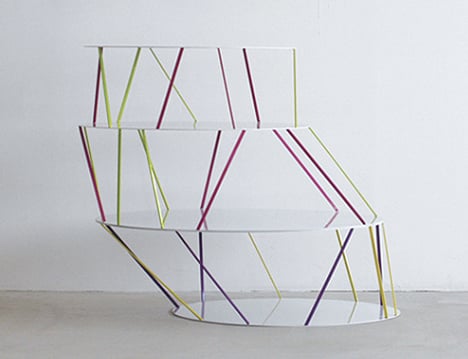
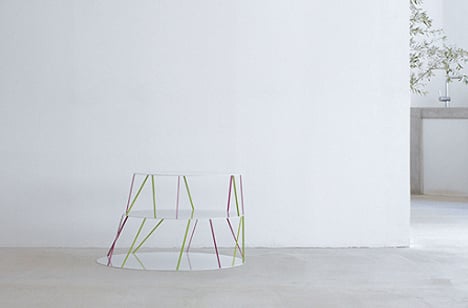
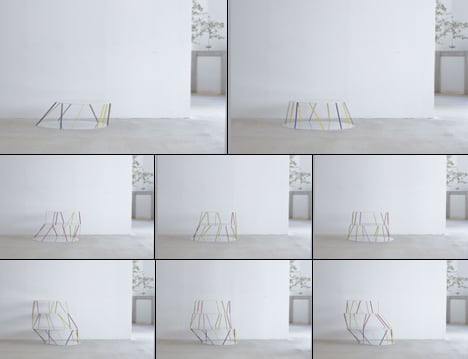
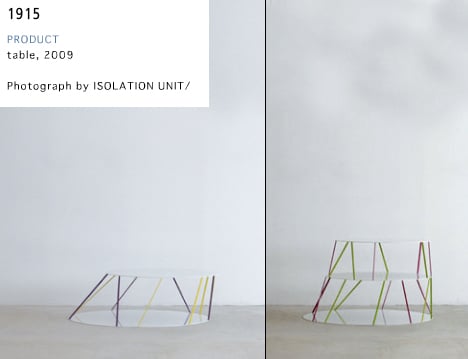
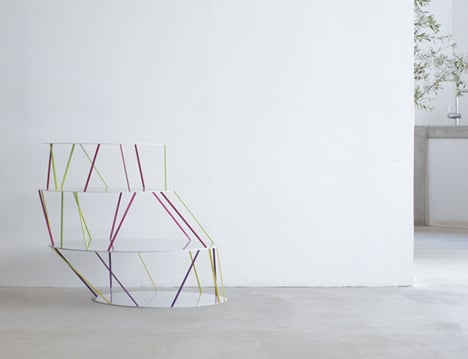
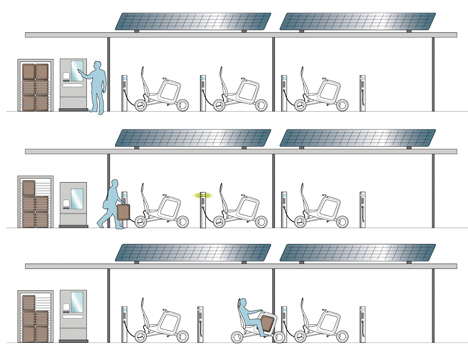
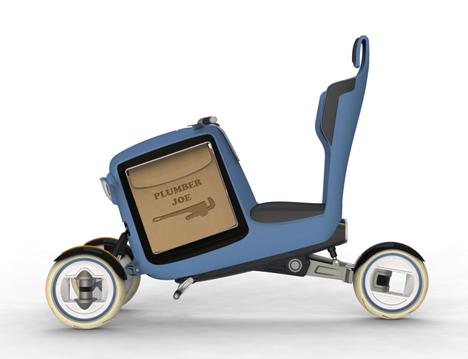
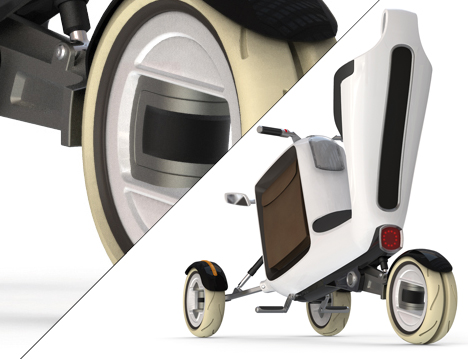
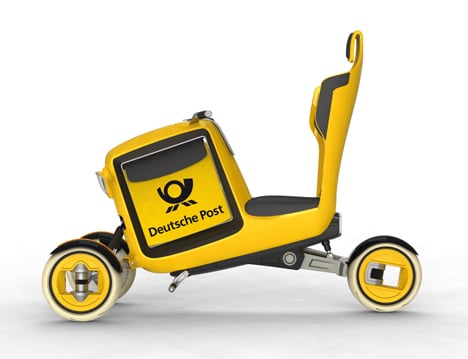
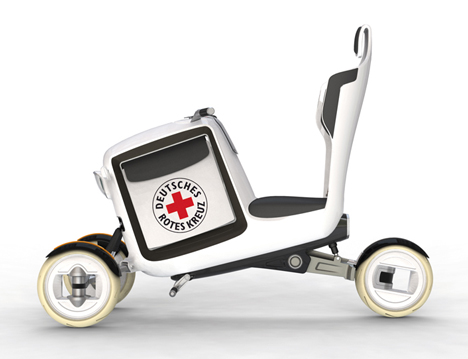
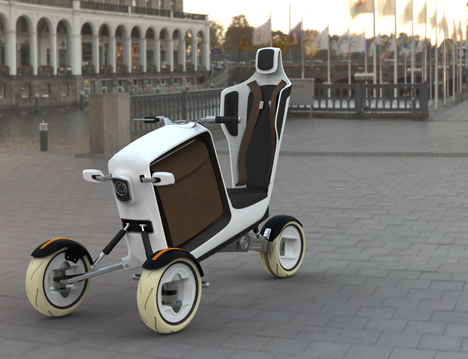
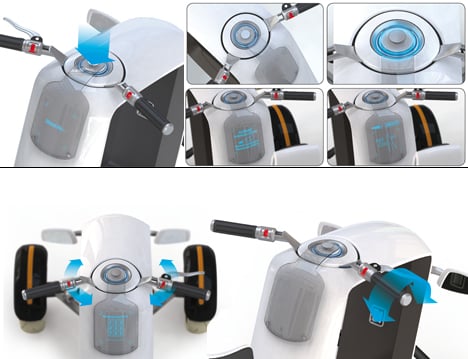
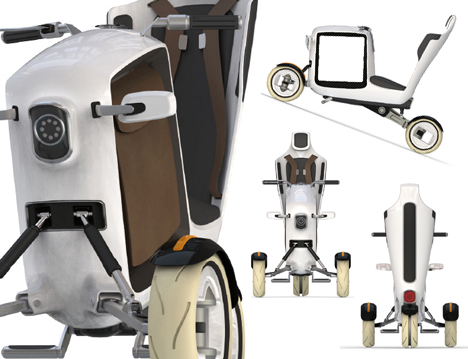
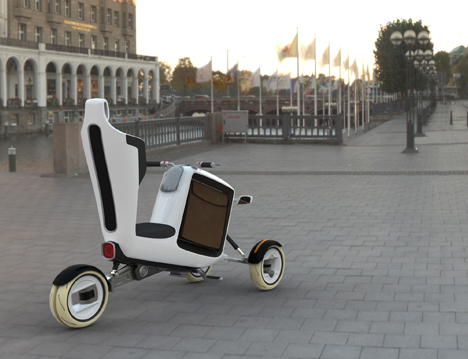
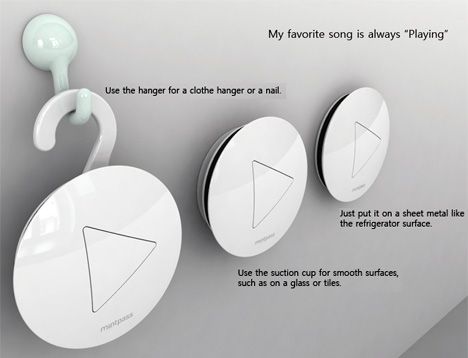
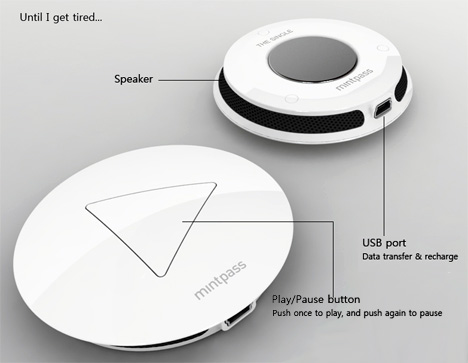
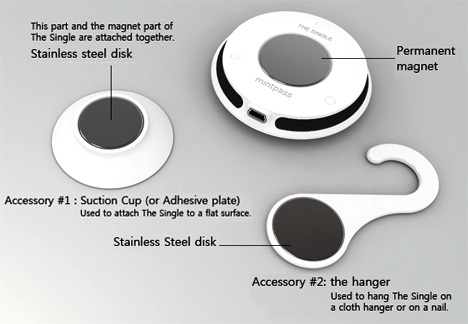
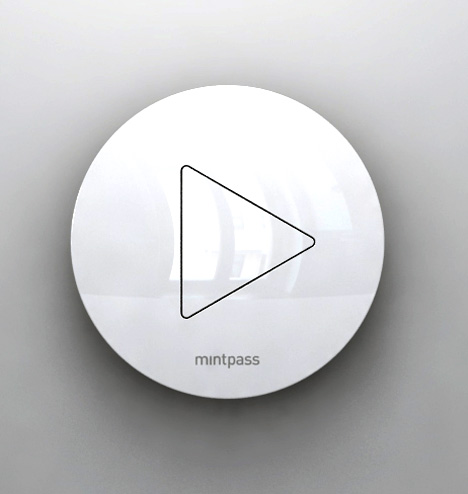
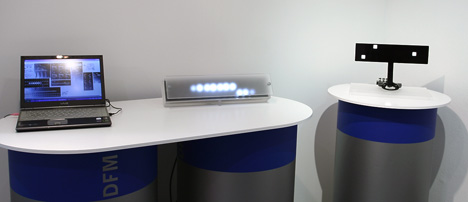
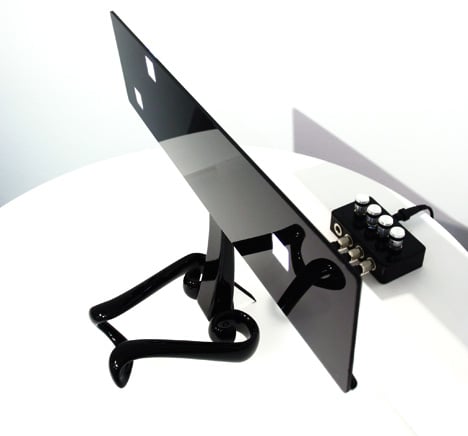
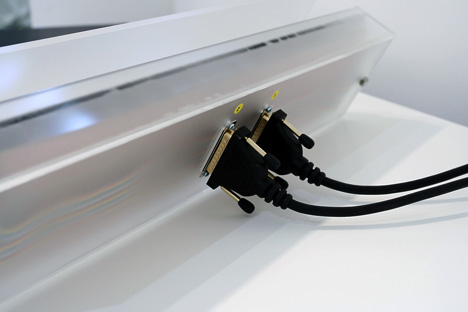
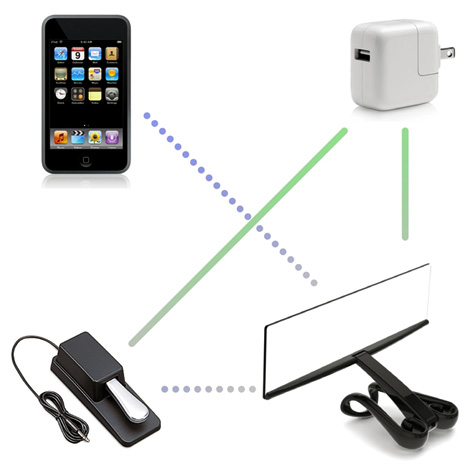
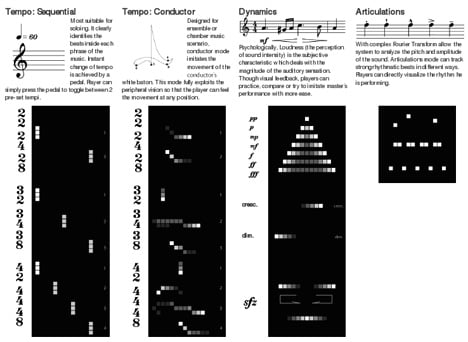
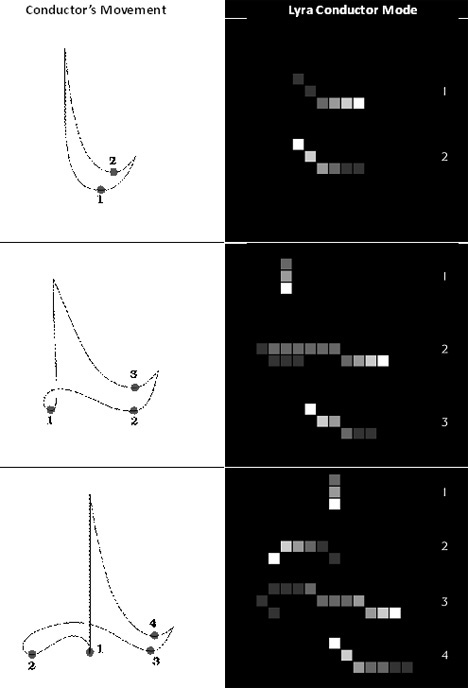
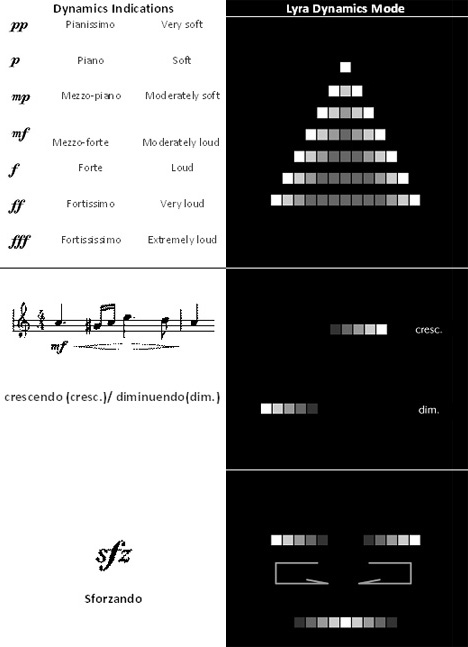

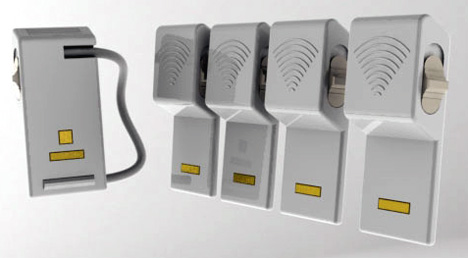
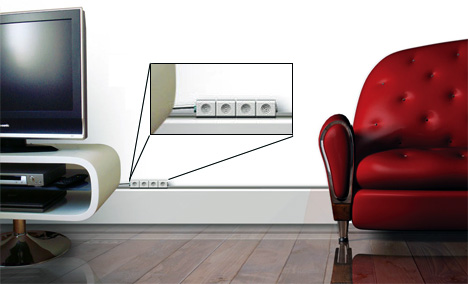
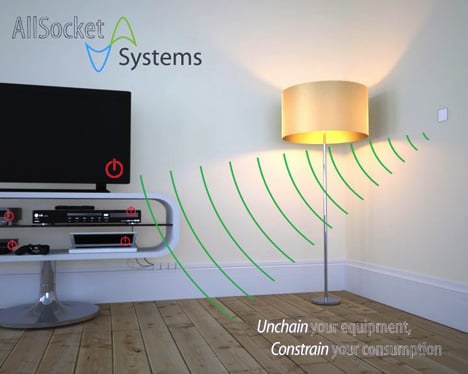
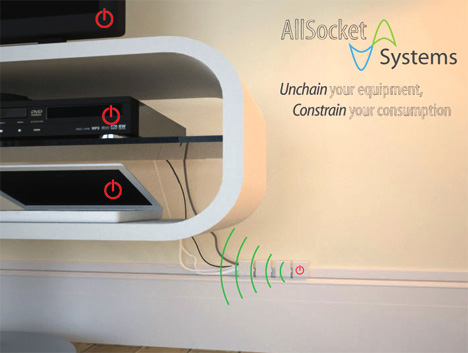
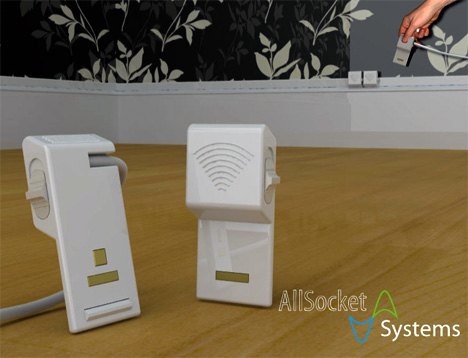
No comments:
Post a Comment